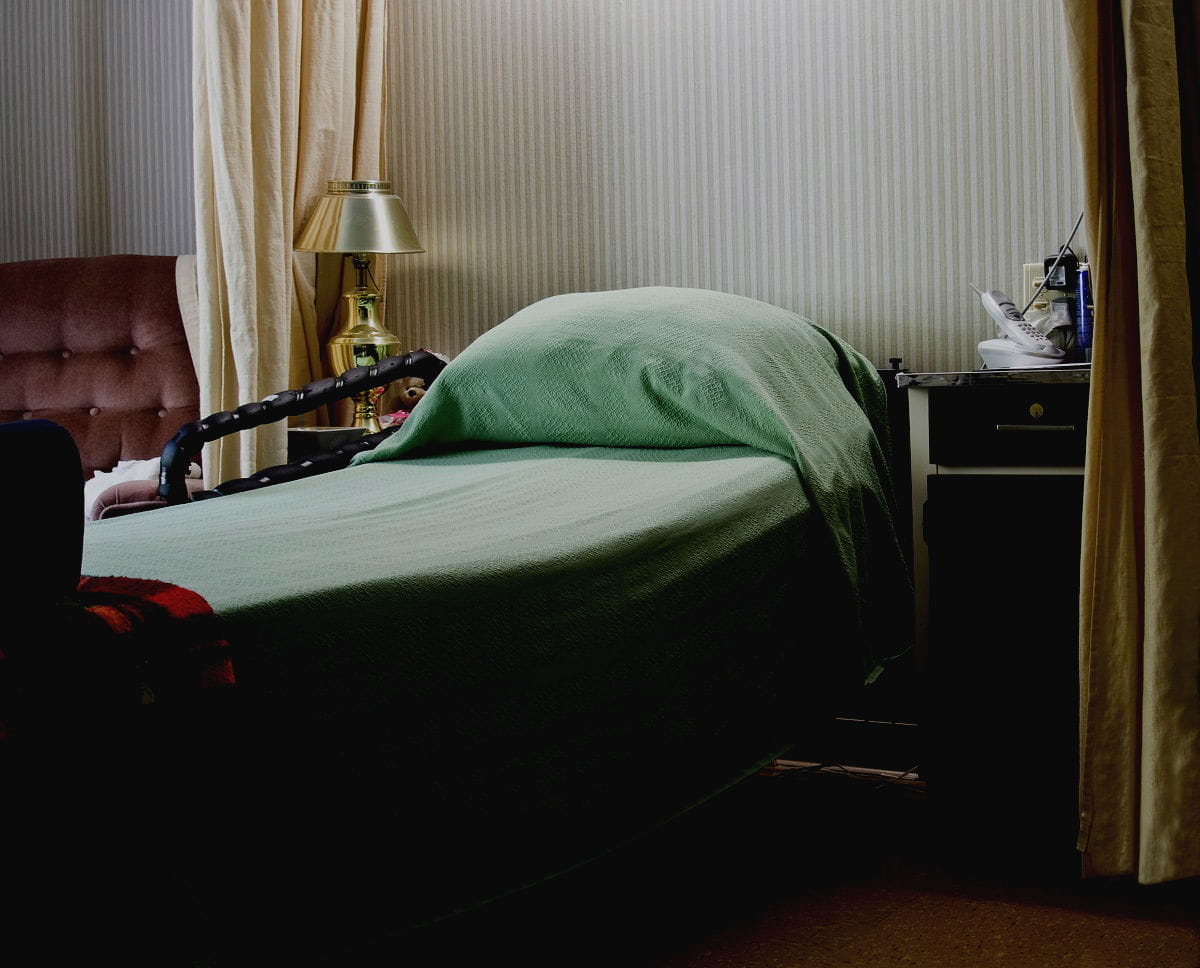Our client’s father (Mr S) had dementia and was also in remission after having treatment for Leukaemia and took cytotoxic medication. He was increasingly confused and admitted to hospital in August 2012 after several falls. Whilst in hospital a decision was made that he could no longer safely live at home and would be best in a care home. Residential care was clearly appropriate since he had significant cognitive problems and was reliant on others for support in all areas, needing encouragement to eat and drink as well as requiring a soft diet due to swallowing difficulties.
At risk from pressure sores
In early September 2012 he became a resident at Dovecote Manor Care home in Bletchley, where he remained until 15 March 2015. Staff at the home were well aware of the fact that he was at an increased risk of developing pressure sores.
Up until mid-November 2014 Mr S had been reasonably well and under the care of the District Nursing team who had been attending on a three-monthly basis since 2013. He had developed a pressure sore on his sacrum and was provided with a pressure mattress - although the notes confirmed that the mattress was ‘not inflated properly’. After the District Nurse’s intervention, the equipment was upgraded and inflated correctly.
Move was distressing and mismanaged
The decision was taken to move him to a dementia ward on a different floor of the care home. The care notes confirm that staff were aware that this move could unsettle him and change his night time pattern and recommended regular checks and reassurance whilst he adapted to his new surroundings. At the time of his move he was noted to be at high risk of falls and developing pressure sores.
He found the move very distressing and his anxiety resulted in him rubbing his heels on the mattress in bed. Unfortunately this lead to a friction blister, leaving the heel red and weeping. The sore to the heel was noted by the care home staff but no one seemed to realise that at the time of moving floors, the pressure mattress, which could have helped alleviate the injury, was not transferred with him.
Neglect led to severe bedsores
The mattress was eventually provided on 28 November 2014 and Dacro boots to protect the heels were requested. By 02 February 2015 the boots had still not been provided. His wounds did not improve and around January 2015 the home finally sought medical intervention. A tissue viability nurse was asked to assess him and she noted that the sore on the heel was a grade 3/4 ulcer – the most severe possible.
The official classification of pressure sores characterises Grade 3 as ‘full skin loss involving damage to or necrosis (tissue death) of subcutaneous tissue’. Grade 4: entails ‘extensive destruction, tissue necrosis, or damage to muscle, bone, or supporting structures with or without full-thickness skin loss. Extremely difficult to heal and liable to lead to a fatal infection’.
Mr S was prescribed antibiotics but by February 2015 he had also developed an ulcer on his left buttock. Unfortunately, his condition deteriorated so markedly that he was admitted to Milton Keynes Hospital where he died on 18 March 2015 from sepsis secondary to bronchopneumonia.
Shoosmiths approached to help
Sometime later his daughter approached Shoosmiths for help in getting answers as to how and why her father had died. By that time Sarah Cunliffe, a solicitor who specialises in care home abuse and neglect cases, had to initiate proceedings in light of the third anniversary of Mr S’s death to be within the time limit for making such claims.
Counsel’s opinion was sought and Sarah obtained expert medical evidence which confirmed that the lack of inflation of the mattress was the cause of the sacral sore. That same expert also concluded that, had the same equipment been used at the time of the transfer, the sore on the heel would not have been as severe and would have healed sooner.
A complicated, but successful claim
The defendant care home did not dispute liability, although despite numerous requests to do so, they failed to disclose Mr S’s care notes pre November 2013. The claim was complicated too by the fact that the defendant’s insurers Gable Insurance AG (who would actually pay any compensation awarded) went into liquidation in November 2016.
The Financial Services Compensation Scheme (a compensation fund of last resort that steps in if an insurance firm is unable to pay claims usually because it has stopped trading or has been declared in default) agreed to pay the claim which settled for £15,000. Sarah comments:
‘Financial compensation in these cases involving vulnerable elderly people is never huge. What motivated our client, who was her dad’s sole executor in his will, was to get answers to her questions, achieve a sense that some sort of justice has been done by her father and to try to make sure that this same thing doesn’t happen to somebody else’s loved one.’
Disclaimer
This information is for educational purposes only and does not constitute legal advice. It is recommended that specific professional advice is sought before acting on any of the information given. © Shoosmiths LLP 2025



















